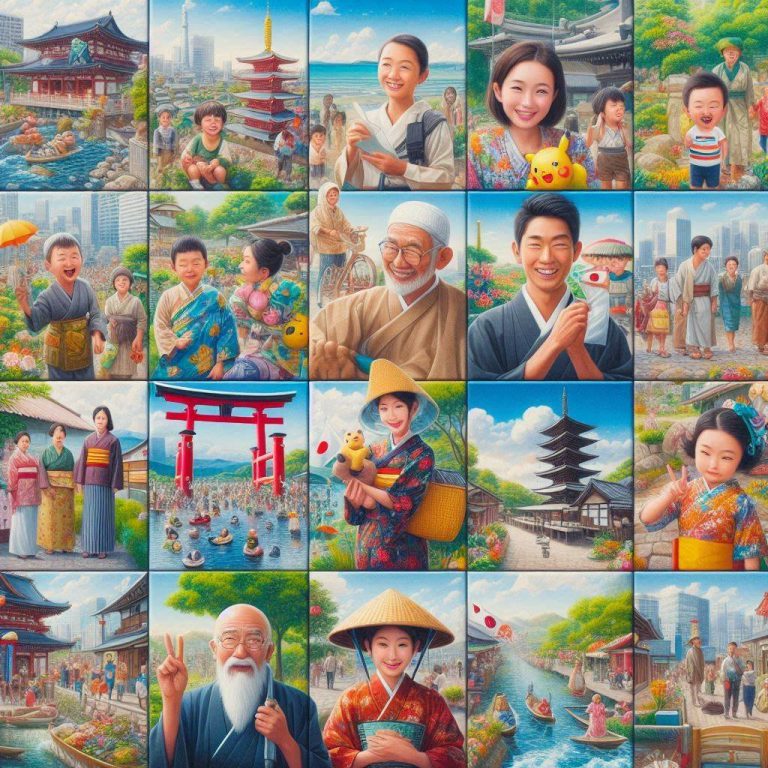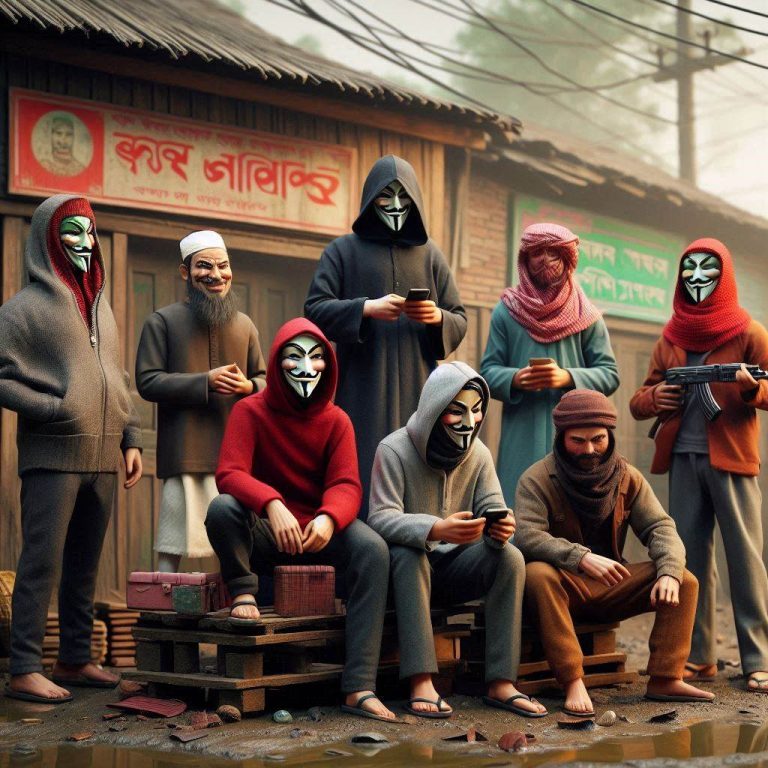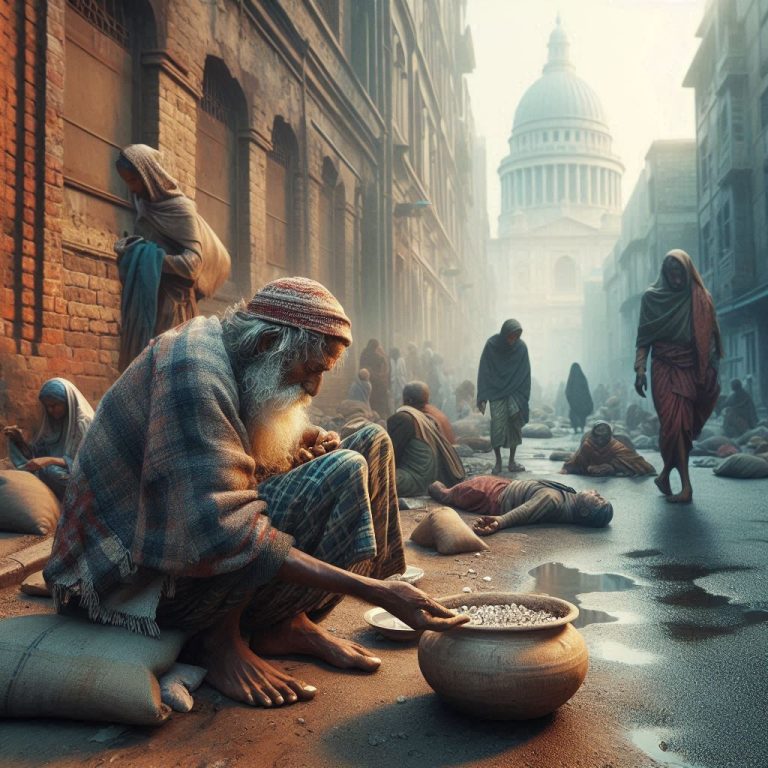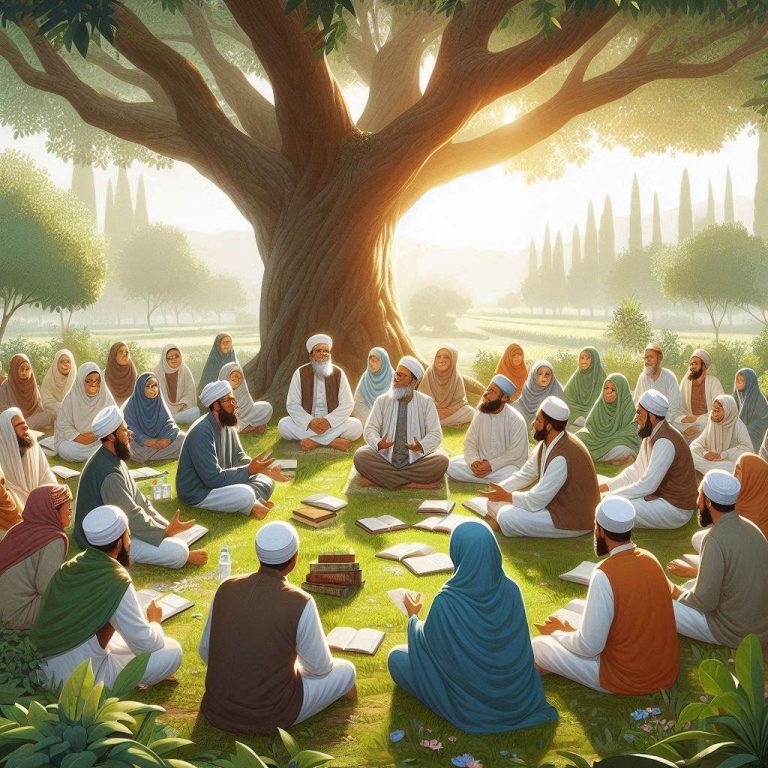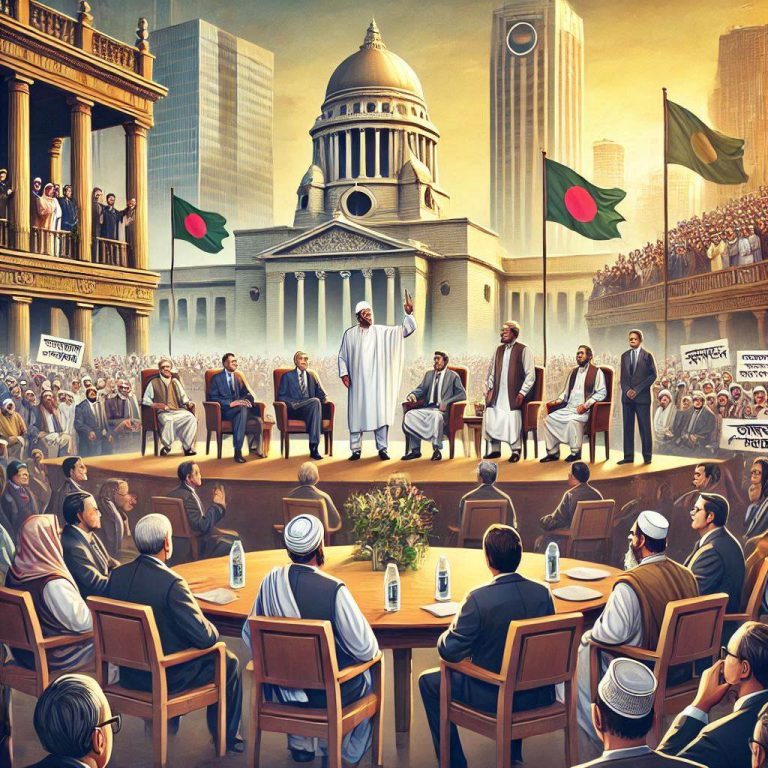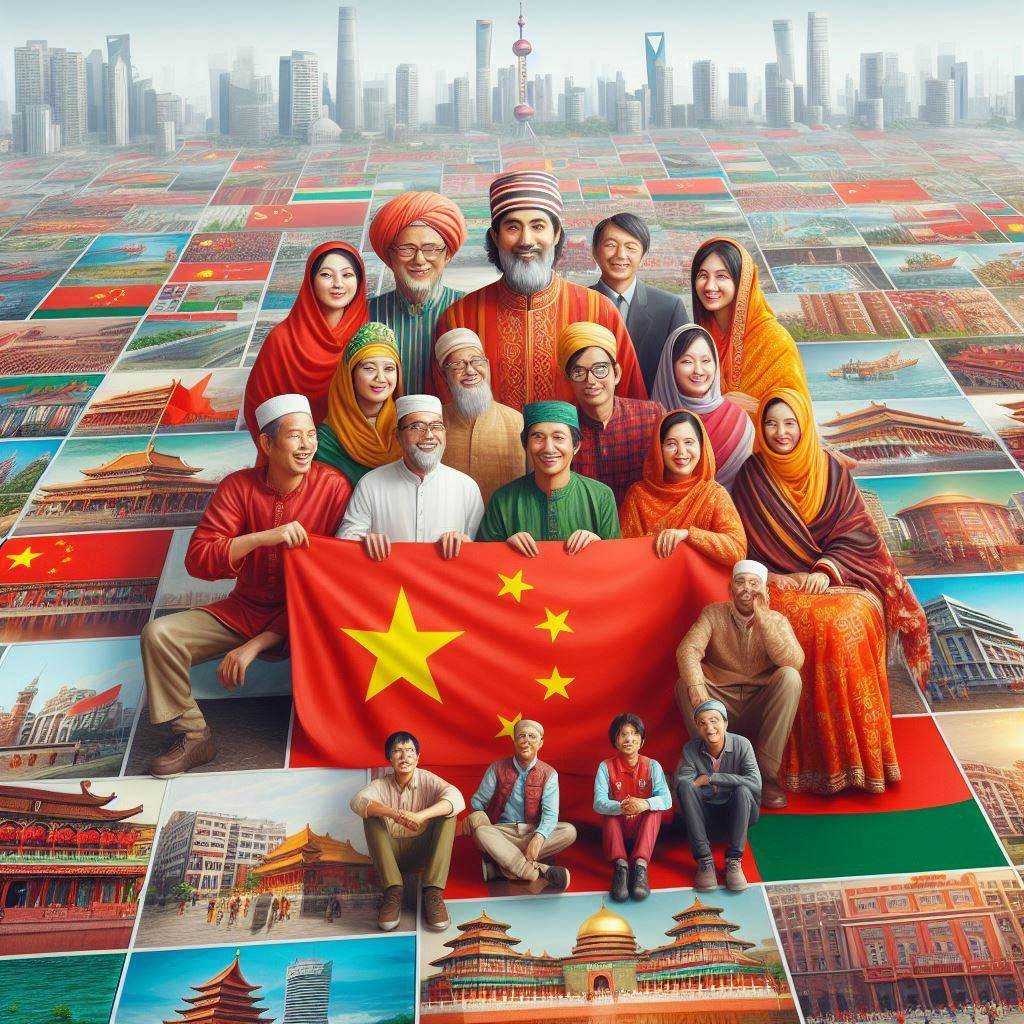
Bangladesh and China share a rich history of diplomatic, economic, and cultural exchanges. Over the years, the presence of Bangladeshi people in China has grown significantly, creating a vibrant cultural mosaic that fosters mutual understanding between the two nations. This article explores the experiences of Bangladeshi people living in China and highlights how their culture enriches the multicultural fabric of Chinese society.
Bangladeshi Presence in China:
The Bangladeshi community in China primarily consists of students, professionals, and entrepreneurs. Many Bangladeshi students are pursuing higher education in Chinese universities under government-sponsored scholarships or private funding, particularly in fields like medicine, engineering, and business. Cities such as Beijing, Shanghai, Guangzhou, and Wuhan have become hubs for this community, providing educational and professional opportunities.
Entrepreneurial Bangladeshi individuals have also established businesses, particularly in sectors like textiles, trade, and hospitality. Their presence is most notable in trade fairs and export zones, such as the Canton Fair, where they act as key facilitators of bilateral trade.
Cultural Practices and Celebrations:
Despite being far from home, Bangladeshi people in China actively preserve and celebrate their cultural traditions. Festivities like Pahela Baishakh (Bengali New Year) and religious events such as Eid-ul-Fitr and Durga Puja are observed with great enthusiasm. These events serve as opportunities for the community to come together, showcasing traditional Bangladeshi attire, music, dance, and cuisine.
Bangladeshi cultural associations often organize events that promote traditional art forms, such as Rabindra Sangeet (songs by Rabindranath Tagore), folk dances, and poetry recitals. These gatherings not only strengthen community bonds but also offer Chinese locals a glimpse into the rich heritage of Bangladesh.
Fusion of Cultures:
Interactions between Bangladeshi expatriates and Chinese locals have resulted in fascinating cultural exchanges. Bangladeshi food, known for its flavorful spices, has gained a niche following in certain parts of China. Similarly, Bangladeshi people have embraced aspects of Chinese culture, such as learning Mandarin, adopting Chinese culinary techniques, and celebrating Chinese festivals like the Lunar New Year.
Educational institutions in China often hold multicultural events where Bangladeshi students actively participate, showcasing their traditional clothing, crafts, and performances. This interaction fosters mutual appreciation and understanding between the two cultures.
Challenges and Opportunities:
While many Bangladeshis thrive in China, they also face challenges, including language barriers, cultural differences, and adjusting to a new environment. However, the Chinese government and local communities have taken steps to facilitate integration through language programs, multicultural activities, and support networks.
The growing Bangladeshi presence in China also presents opportunities for strengthening bilateral ties. The exchange of ideas, culture, and traditions between the two nations enriches both societies and opens doors for future collaborations.
Conclusion.
The Bangladeshi community in China plays a vital role in bridging cultural and economic ties between the two nations. Their rich traditions, combined with their ability to adapt and integrate into Chinese society, highlight the dynamic nature of global cultural exchange. As this relationship continues to evolve, the unique contributions of Bangladeshi people to China’s multicultural landscape will undoubtedly leave a lasting legacy.
